Search
Search Results
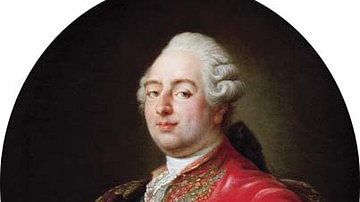
Definition
Louis XVI of France
Louis XVI (l. 1754-1793) was the last king of France (r. 1774-1792) before the monarchy was abolished during the French Revolution (1789-99). An indecisive king, his attempts to navigate France through the crises of the 1780s failed, leading...

Article
Reformation in the Netherlands & the Eighty Years' War
The Protestant Reformation in the Netherlands was among the most violent and destructive of any region during the first 50 years of the movement, ultimately informing the Eighty Years' War (1568-1648), but causing massive destruction and...
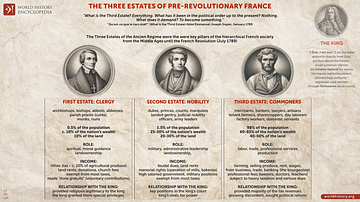
Article
The Three Estates of Pre-Revolutionary France
Society in the Kingdom of France in the period of the Ancien Regime was broken up into three separate estates, or social classes: the clergy, the nobility, and the commoners. These classes and their accompanying power dynamics, originating...
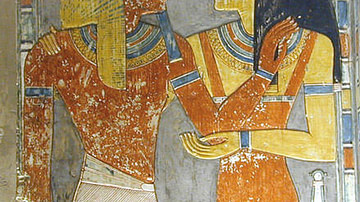
Definition
Horemheb
Horemheb (reigned 1320-1292 BCE) was the last pharaoh of the 18th dynasty of Egypt. He is also known as Dejserkheprure and Horemhab. His name means, “Horus is in Festival” and he came from the lower classes of Egypt, worked himself up through...

Definition
Louis I de Bourbon, Prince of Condé
Louis I de Bourbon (l. 1530-1569) was a descendant of Louis IX of France (r. 1226-1270) and founder of the House of Condé. The Prince of Condé proved his valor as a Huguenot military leader during the first three French Wars of Religion and...

Article
The Monastic Movement: Origins & Purposes
In 313 CE, Constantine the Great (272 – 337 CE) ended the sporadic-yet-terrifying Christian persecutions under the Roman Empire with his “Edict of Milan,” and brought the Christian church under imperial protection. Not surprisingly, public...

Image
Portrait of Jean-Baptiste Carrier
Portrait of Jean-Baptiste Carrier, who oversaw the slaughter of thousands of people during the Drownings at Nantes, part of the Reign of Terror. Drawing by Georges-François-Marie Gabriel, late 18th century. In the Musée Carnavalet.
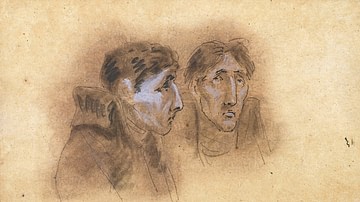
Image
Sketch of Carrier During his Trial
Sketch depicting Jean-Baptiste Carrier at his trial, for his participation in the Drownings at Nantes during the Reign of Terror. Carrier was executed on 16 December 1794. Drawing by Vivant Denon.
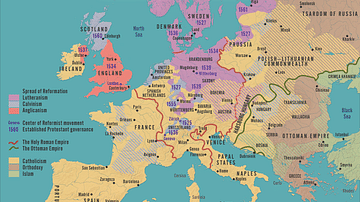
Definition
Protestant Reformation
The Protestant Reformation (1517-1648) refers to the widespread religious, cultural, and social upheaval of 16th-century Europe that broke the hold of the medieval Church, allowing for the development of personal interpretations of the Christian...

Definition
St. Bartholomew's Day Massacre
The St. Bartholomew's Day Massacre was a widespread slaughter of French Protestants (Huguenots) by Catholics beginning on 24 August 1572 and lasting over two months, resulting in the deaths of between 5,000 and 25,000 people. It began in...